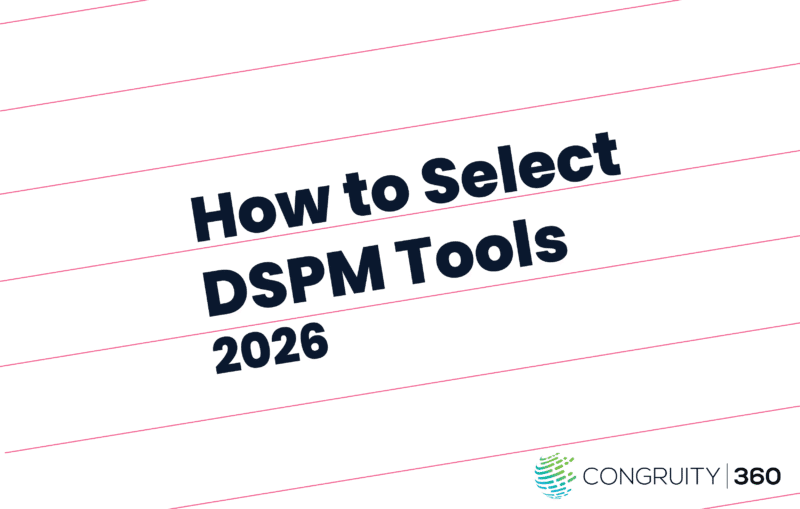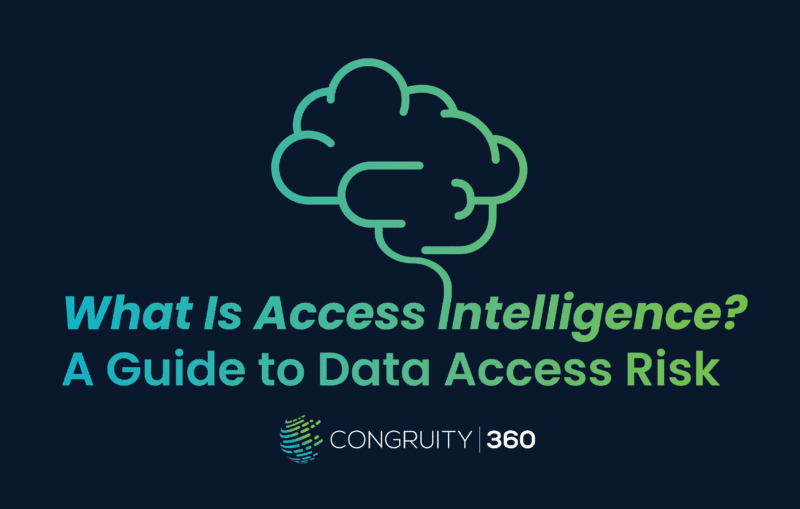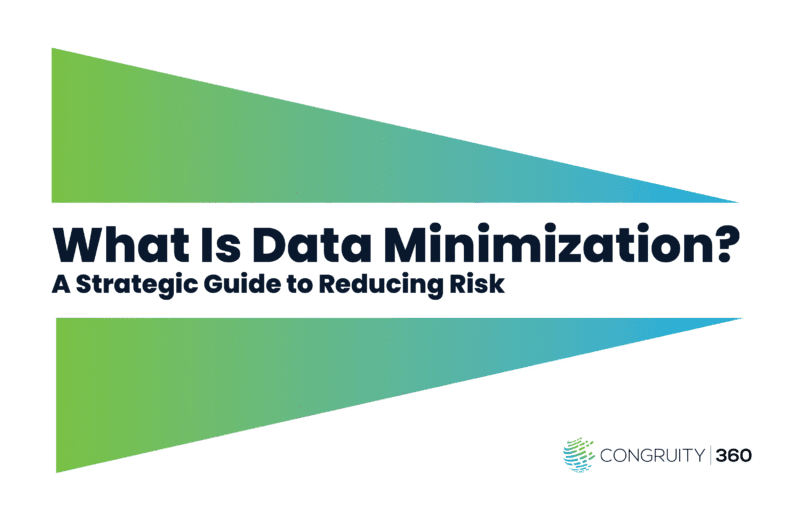As we look ahead to 2026, data management is poised for a transformative shift. Fueled by AI innovation, rising regulatory demands, and the increasing need for real-time data, organizations must evolve their data strategies to stay competitive.
Whether you’re a data leader, architect, engineer, or business stakeholder, understanding what’s coming—and how to prepare—is crucial. Here’s what to expect and how to position your team for success.
1. AI Will Power Data Management
Artificial intelligence will take center stage in automating data classification, anomaly detection, data lineage, and metadata enrichment. The rise of AI copilots for data teams means less time on manual tasks and faster, more accurate insights.
Expect massive productivity gains—but also a need for better governance and oversight of automated decisions.
2. Data Mesh Becomes the Norm
Gone are the days of centralized data teams owning every dataset. The data mesh model, where data is treated as a product and owned by domain-specific teams, is gaining traction across industries.
As data ownership decentralizes, expect cultural and operational shifts. You’ll need:
- scalable governance
- strong documentation
- platform thinking
3. Tighter Privacy Regulations (Especially Around AI)
Expect updated versions of GDPR, CCPA, and new global laws governing the use of personal data in AI systems. Regulatory scrutiny around automated decisions, explainability, and consent will increase.
Data compliance will go beyond storage—it will cover how data is used, shared, and processed by intelligent systems.
4. Multi-Cloud & Cloud-Native Architectures Dominate
Organizations will shift to multi-cloud strategies to reduce vendor lock-in, optimize costs, and enhance resilience. Cloud-native platforms that support modular, scalable data pipelines will be key. Teams must invest in interoperability, cost governance, and cloud-agnostic tools.
5. Streaming and Real-Time Data Becomes a Default
Real-time insights will become non-negotiable across industries, from finance to e-commerce to manufacturing. Traditional batch systems won’t be enough for time-sensitive decisions.
6. Data Products Will Define Data Strategy
The idea of data as a product, with versioning, SLAs, ownership, and documentation—will move from trend to best practice. This shift will improve trust in data, increase reuse across teams, and boost data-driven decision-making.
7. Data Observability Will Be Mission-Critical
Teams will demand better visibility into the health, freshness, and reliability of their data pipelines. Observability platforms will become essential for proactive monitoring and fast debugging.
Downtime and data quality issues will cost more than ever.
How to Prepare for 2026
- Work on embracing AI-Augmented data platforms. Start integrating tools that use AI for metadata management, data lineage, and quality checks.
- Strengthen your data governance framework. Ensure lineage tracking, consent management, and AI auditability are built-in, not bolted on.
- Start small with data mesh; you don’t need a full overhaul. Begin with one domain and build a self-serve infrastructure, appoint data product owners, and establish SLAs for data quality.
Begin to upskill your data team. Certifications in reputable services or privacy compliance will also help future-proof your team. Focus on:
- AI & ML for data workflows
- Real-time processing
- Data privacy and ethics
- Multi-cloud engineering
Invest in tools with real-time capabilities. Evaluate your use cases for streaming data. Whether it’s real-time alerts or fraud detection, start building with event-driven tools that support data loss prevention and security monitoring.
Implement data-as-a-product thinking. Give your data assets owners, SLAs, and clear documentation. Make datasets discoverable, reliable, and reusable just like any product.
Lastly, evaluate your cloud strategy. Balance cost and performance by assessing multi-cloud and hybrid models. Focus on vendor-neutral tools and data portability to stay flexible.
The data landscape in 2026 will reward agility, trust, and scalability. By combining strong governance with AI, real-time processing, and a product mindset, organizations can stay competitive in a complex, data-driven world.
Ready to evolve your data strategy? Start now.





